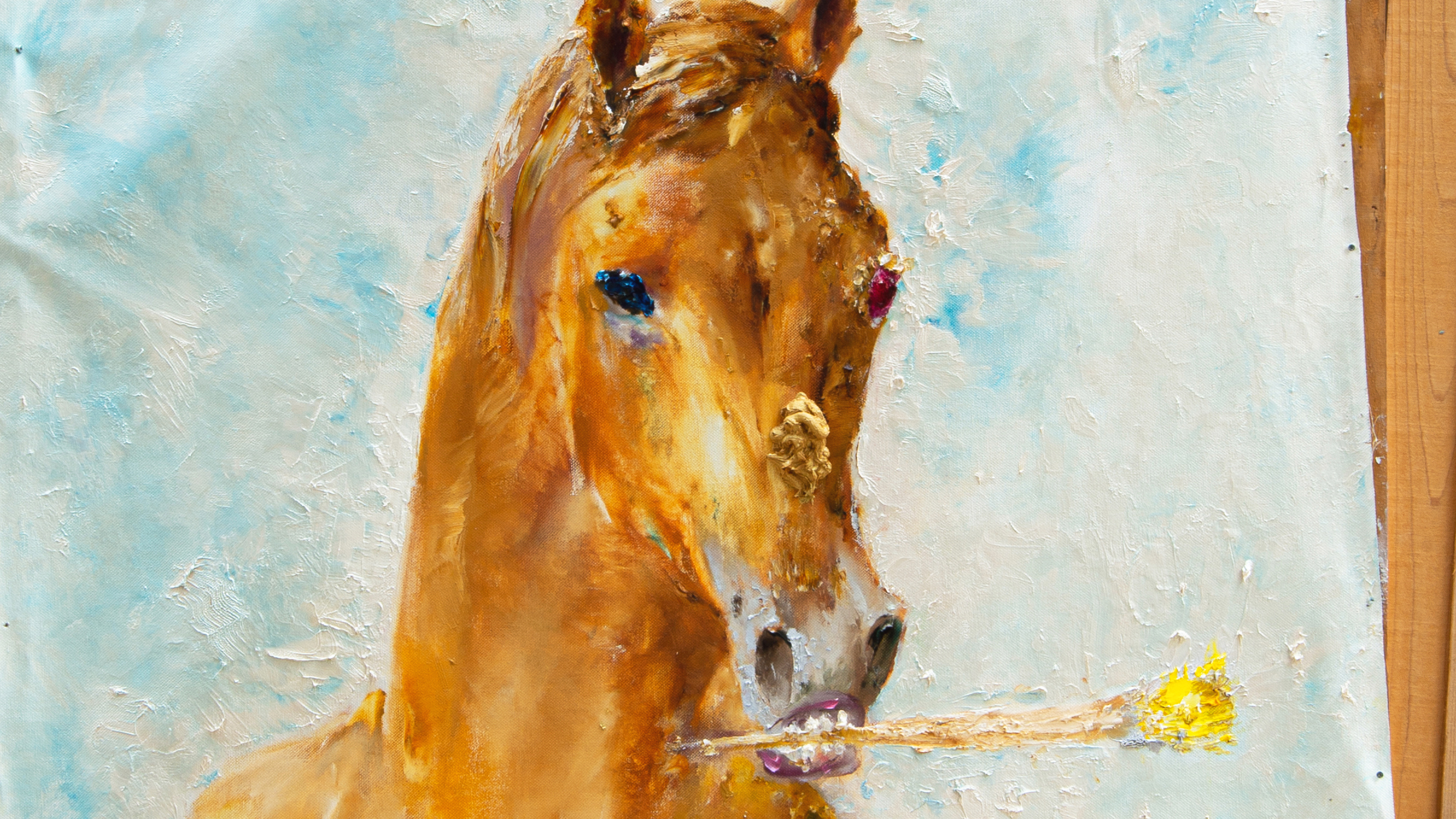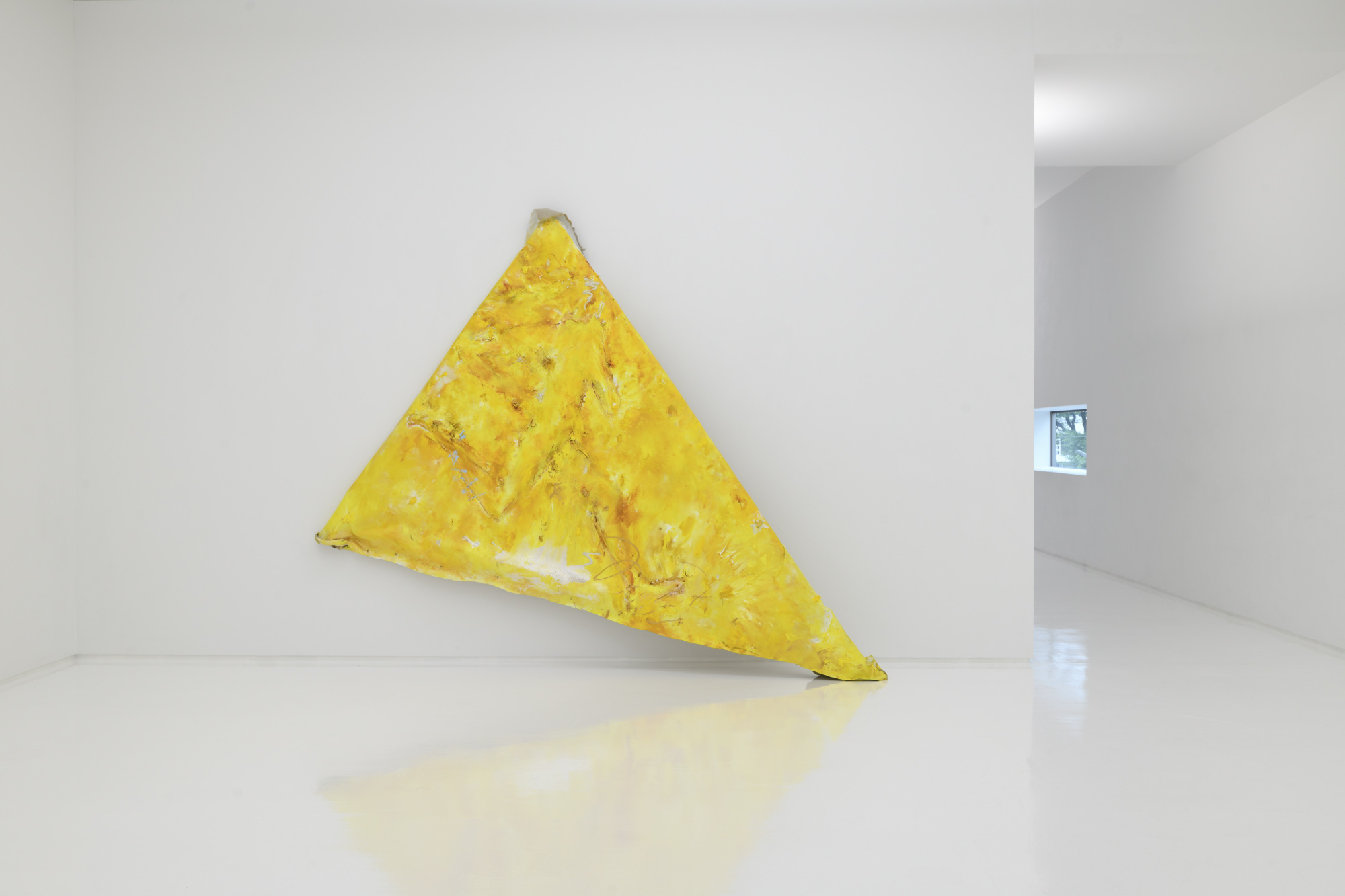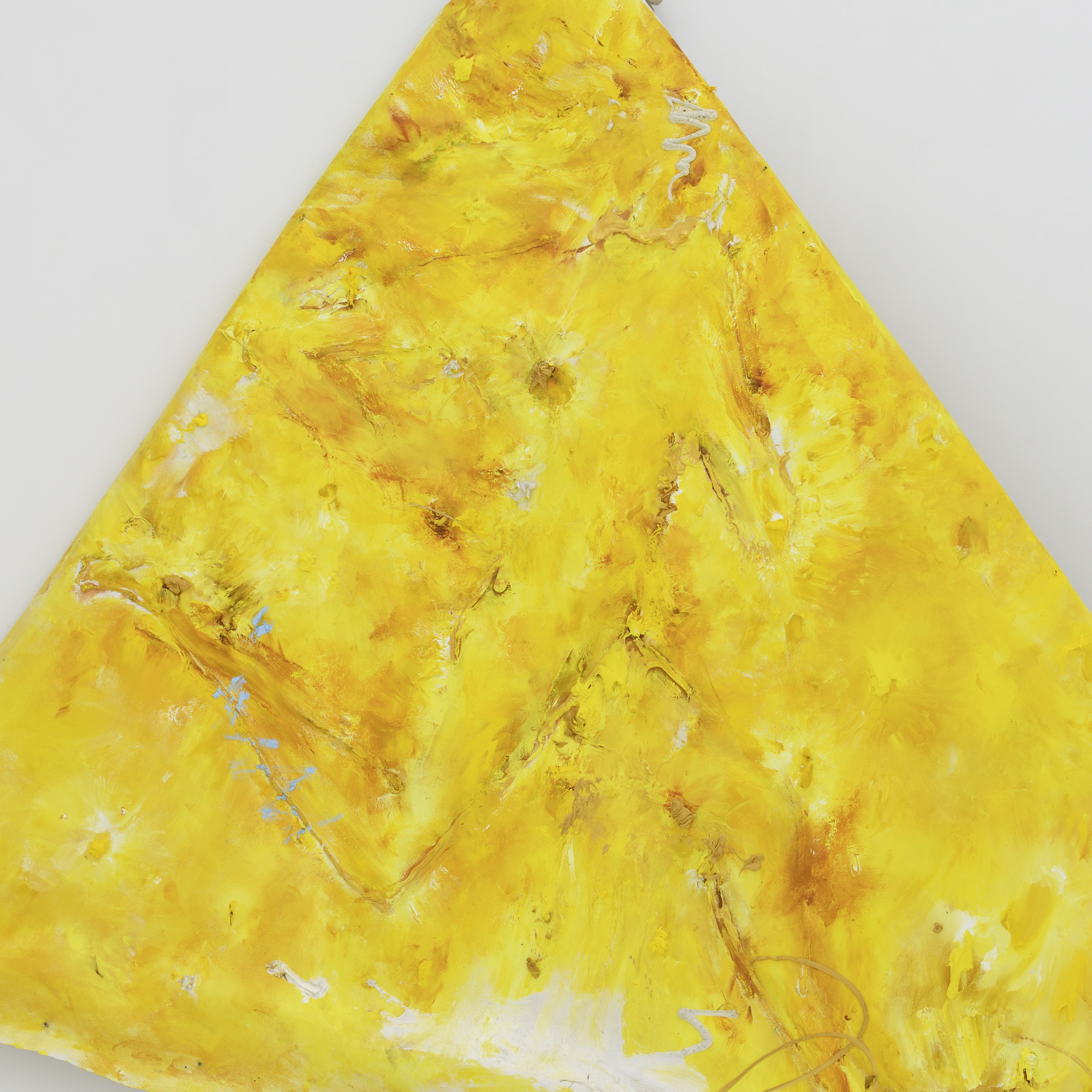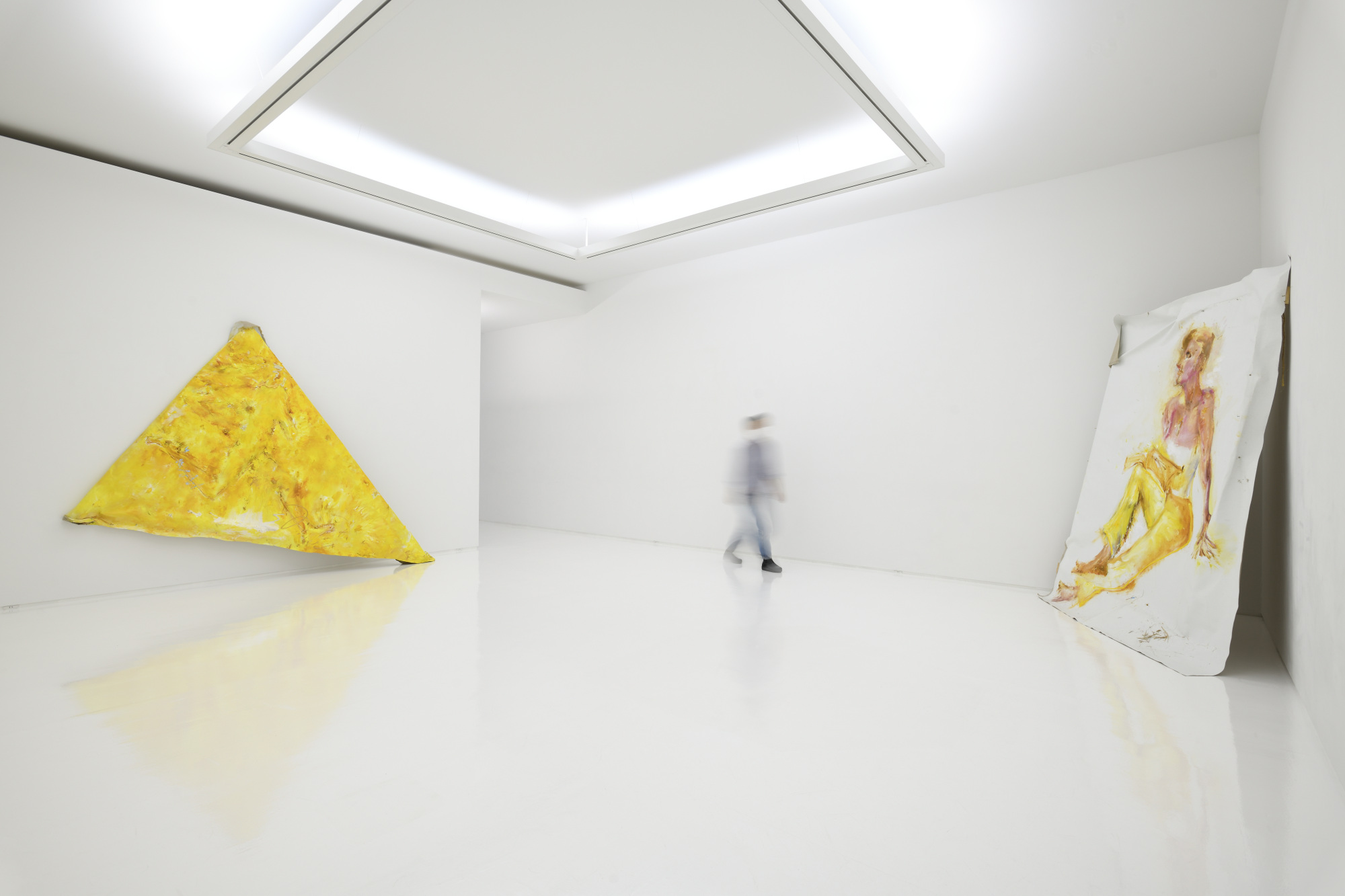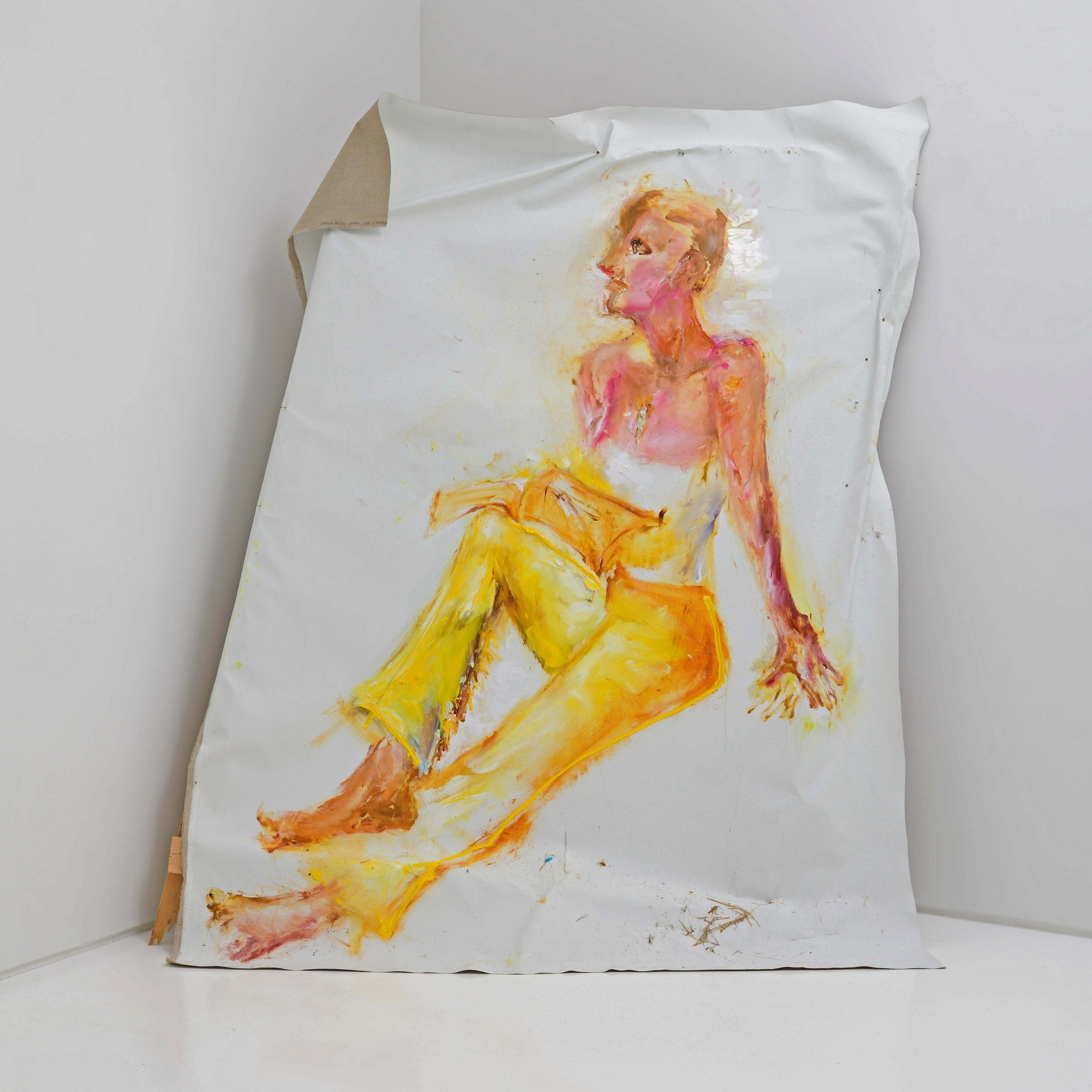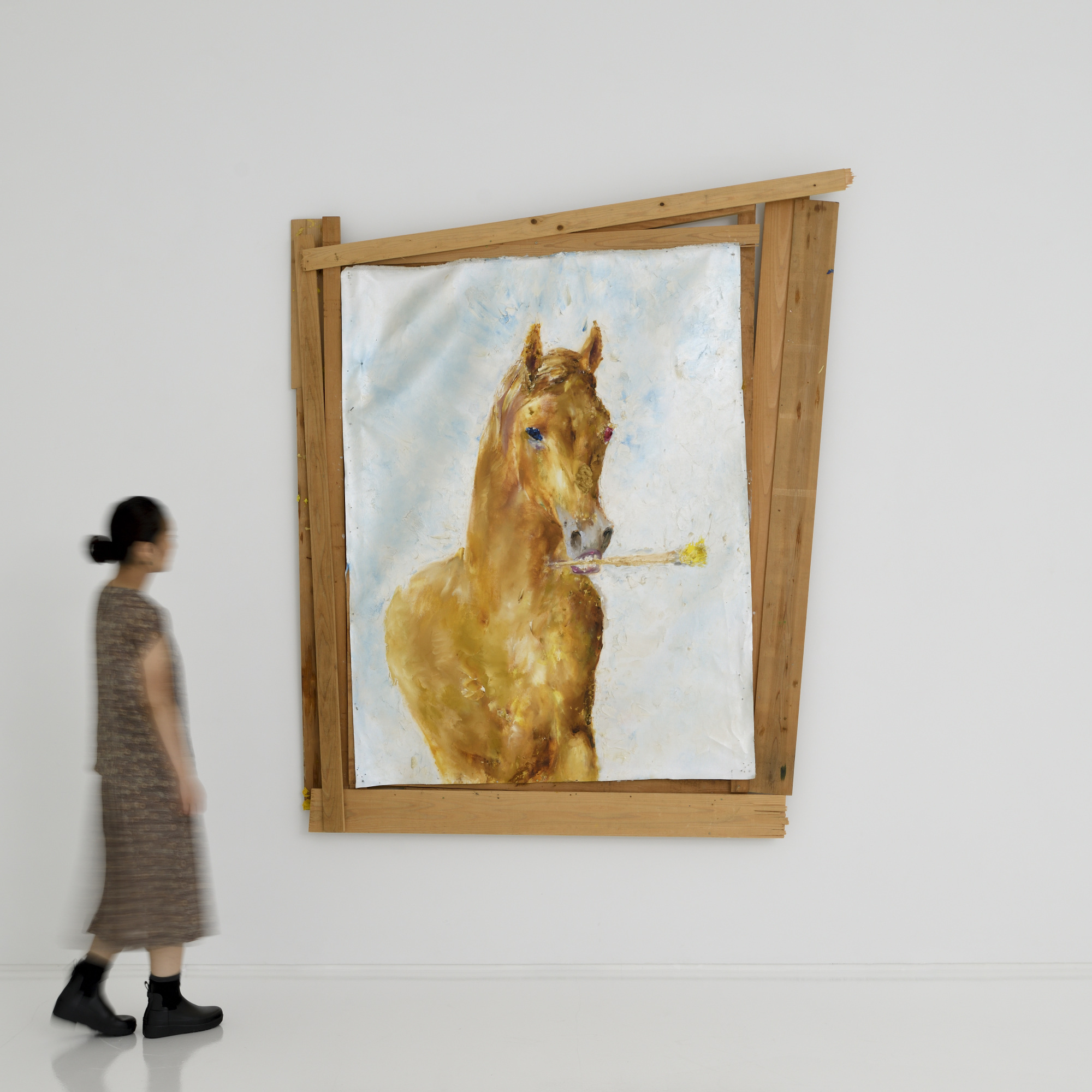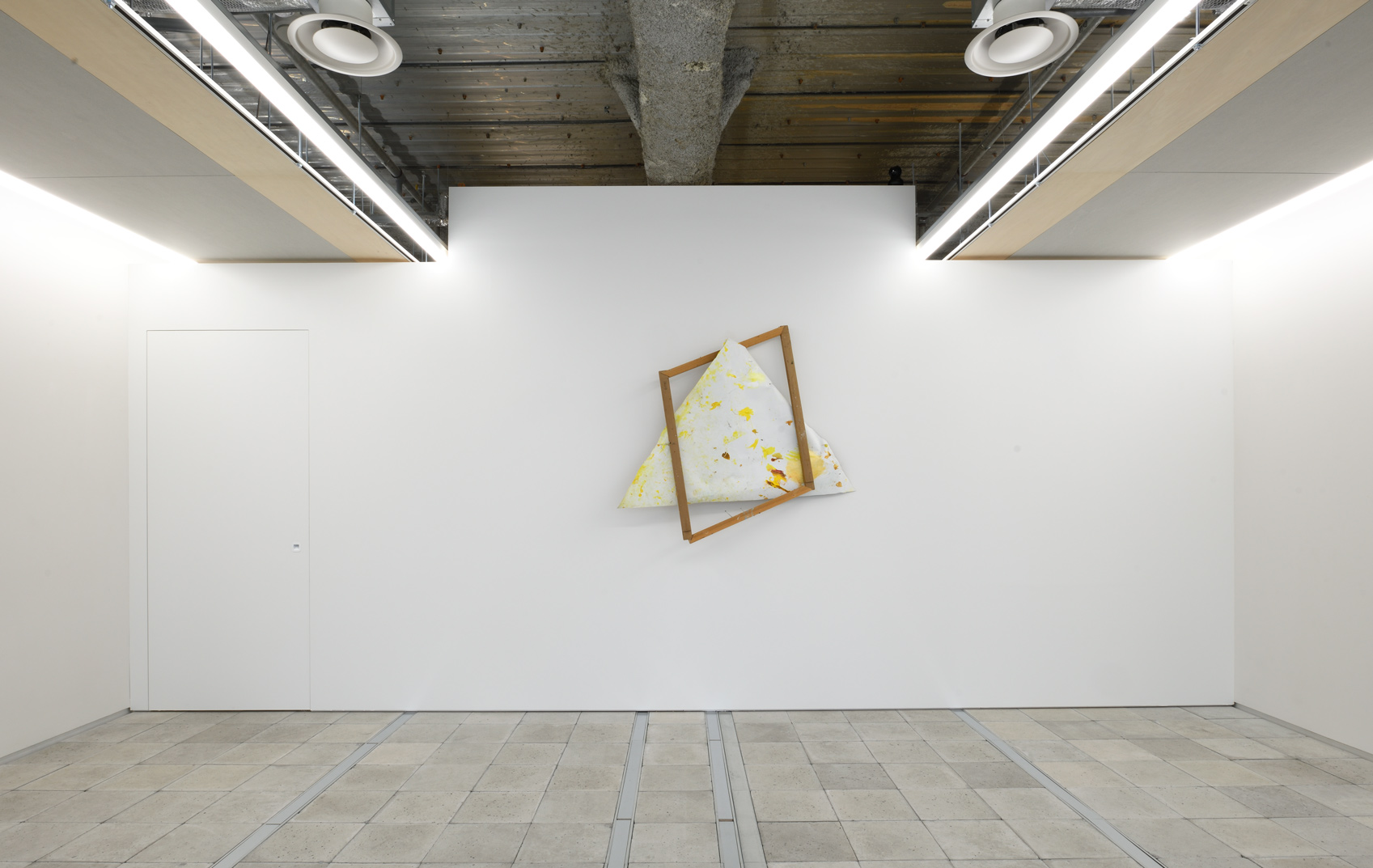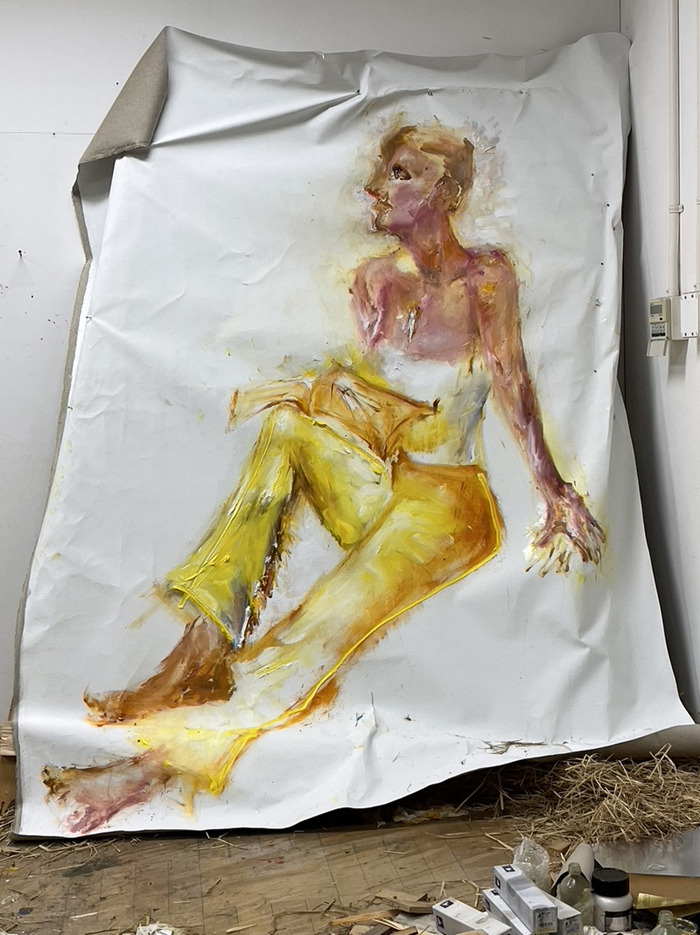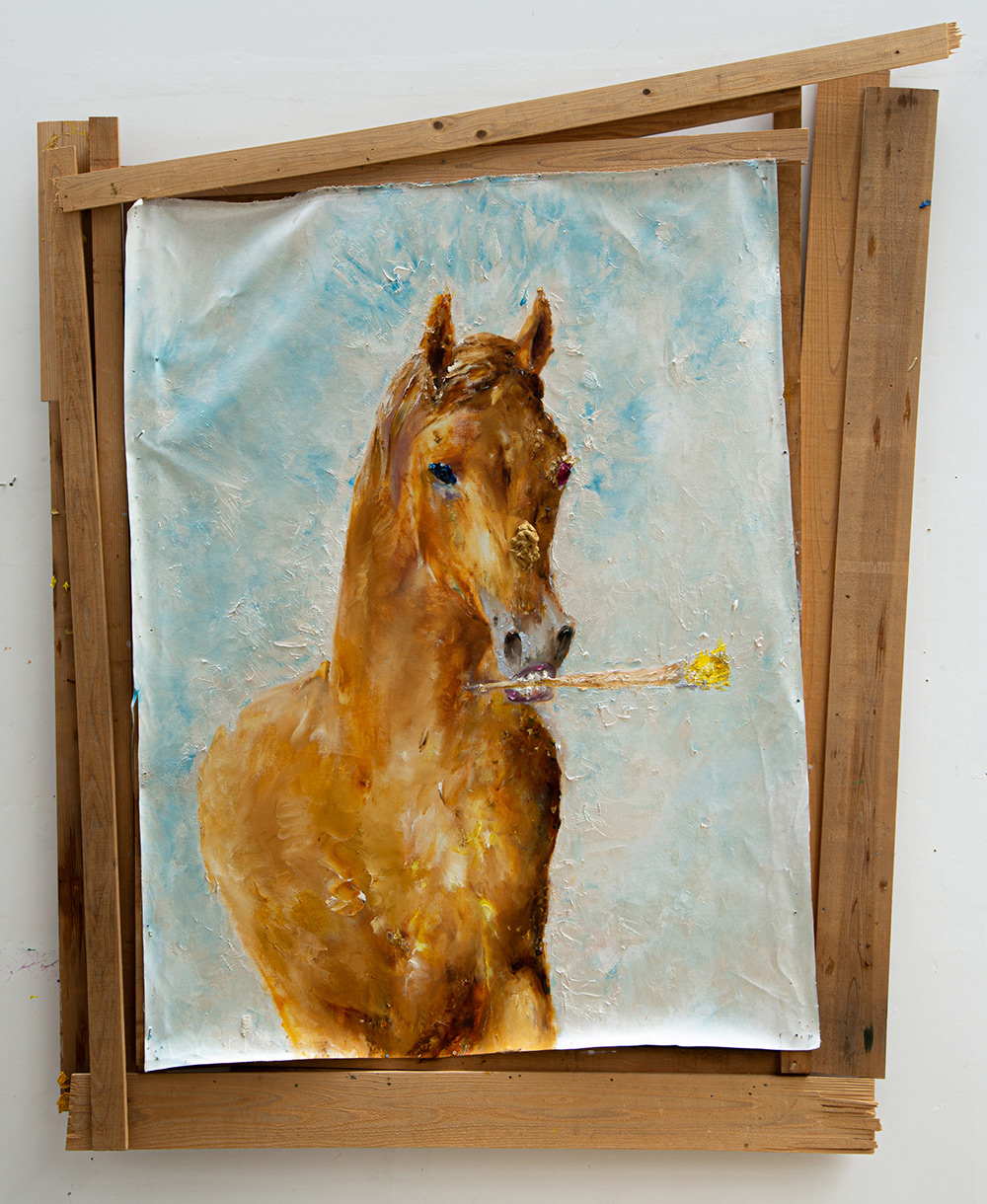Masato Kobayashi was born in Tokyo in 1957. He was the Japanese representative of the 1996 São Paulo Bienniale. In 1997, invited by Jan Hoet, he traveled to Europe, and continued to create works in various locations while based in Ghent, Belgium. Kobayashi returned to Japan in 2006 and began working based in Tomonoura, Fukuyama City, Hiroshima. He was also a professor at the Tokyo University of the Arts from 2017 to 2023. He has developed a unique technique of applying color by rubbing it into the canvas while supporting the fabric with one hand, simultaneously stretching it over the wooden frame to bring the painting to life and “aiming for a painting that does not lose its essence by merely existing.” Kobayashi has prolifically produced paintings that possess a form and unique brightness that can only emerge from that specific situation.
Selected solo exhibitions: “About Freedom”, ShugoArts, Tokyo, 2023; “Family of this Planet”, ShugoArts, Tokyo, 2021; “Artist and the Model”, ShugoArts, Tokyo, 2019; “ART TODAY 2012”, Sezon Museum of Modern Art, Nagano, 2012; “MASATO KOBAYASHI – The Paint of the Planet”, Nariwa Museum, Okayama, 2009; “Starry Paint, stars of outer space by pure painting”, Tensta Konsthall, Spanga, Sweden, 2004; “A Son of Painting Masato Kobayashi”, S.M.A.K., Ghent, 2001; “KOBAYASHI Masato”, The Miyagi Museum of Art, 2000.
Publications: Masato Kobayashi MK, HeHe, 2024; The autobiographical novel trilogy, Paint of this Planet—Under the tree at Hitotsubashi University, ART DIVER, 2018; Paint of this Planet—Duifhuisstraat 52, ART DIVER, 2020
Selected Public Collections: Iwaki City Art Museum (Iwaki, Japan). The Miyagi Museum of Art (Sendai, Japan). The Museum of Contemporary Art Tokyo (Tokyo, Japan). The National Museum of Modern Art, Tokyo (Tokyo, Japan). Utsunomiya Museum of Art (Utsunomiya, Japan). S.M.A.K. The Municipal Museum of Contemporary Art (Ghent, Belgium). The Vangi Sculpture Garden Museum (Shizuoka, Japan)


